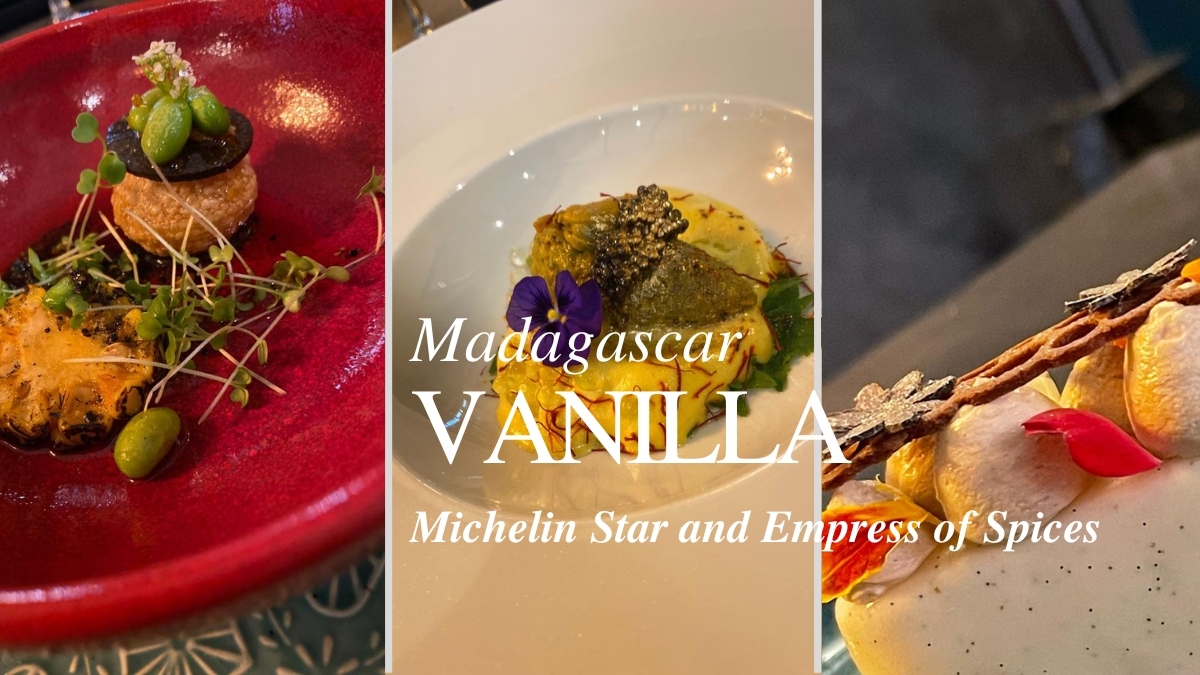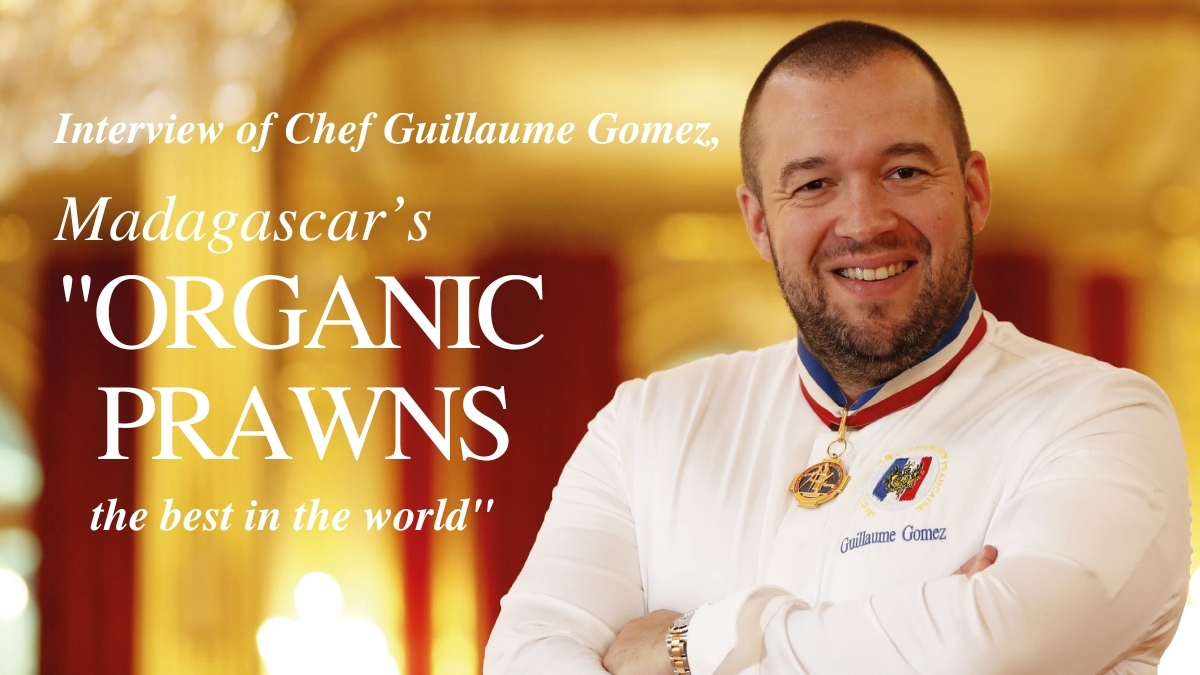Ugo RAZAFINDRATANDRA
Madagascar Vanilla, Michelin Star and Empress of Spices
From the workshops of Pierre Hermé and Philippe Conticini, to the kitchens of Alain Ducasse,
Ugo RAZAFINDRATANDRA
Interview of Chef Guillaume Gomez, MOF and Ambassador of French gastronomy
“Madagascar’s organic prawns, the best in the world” Gastronomy is a cultural heritage and an



